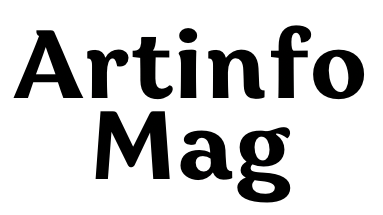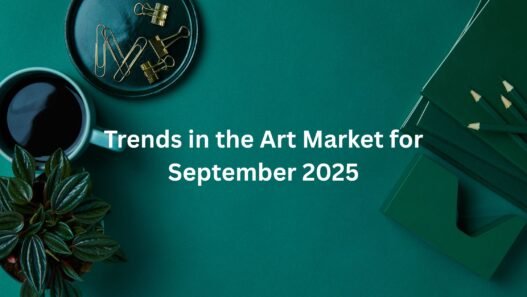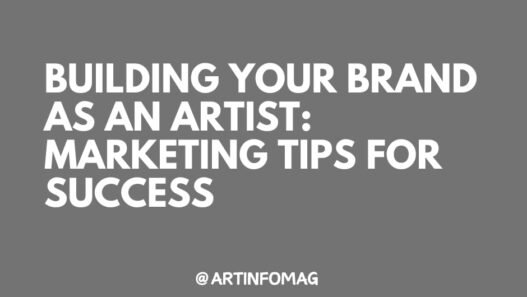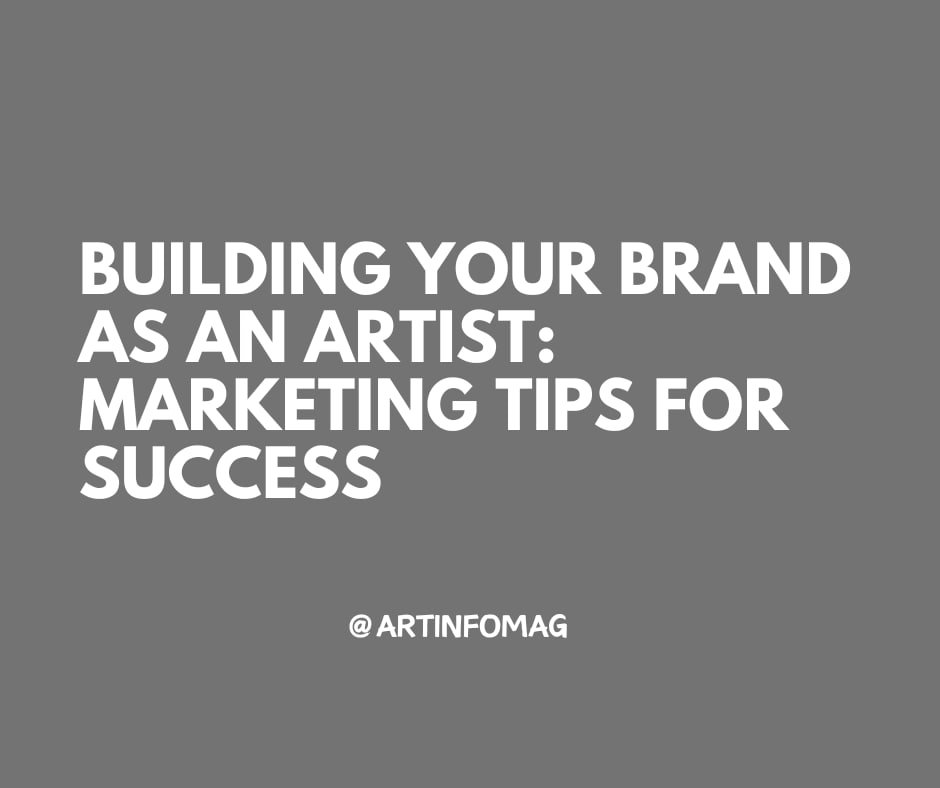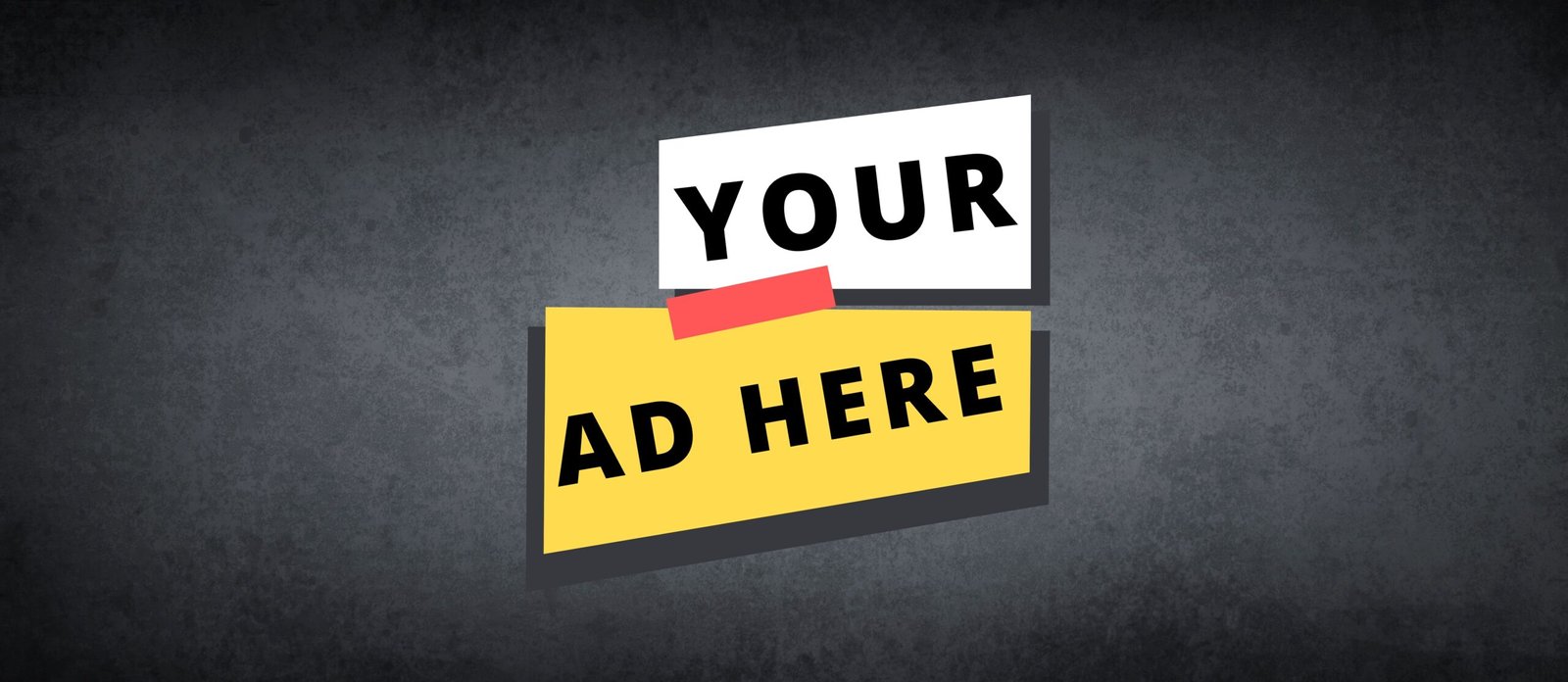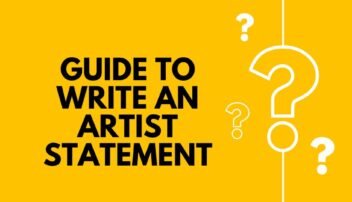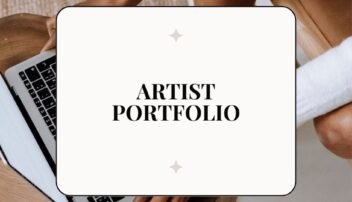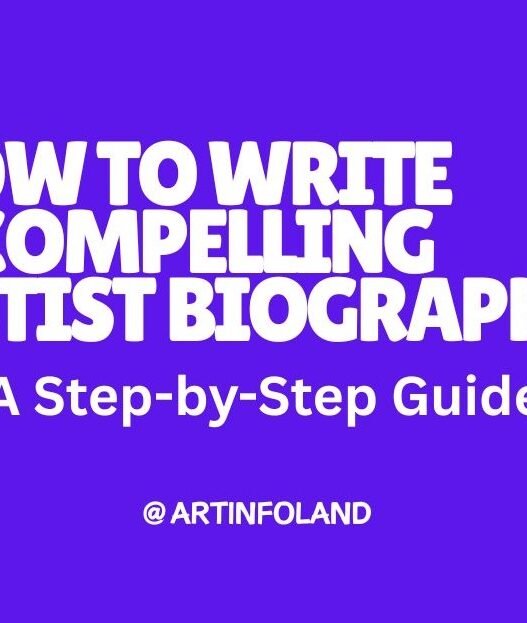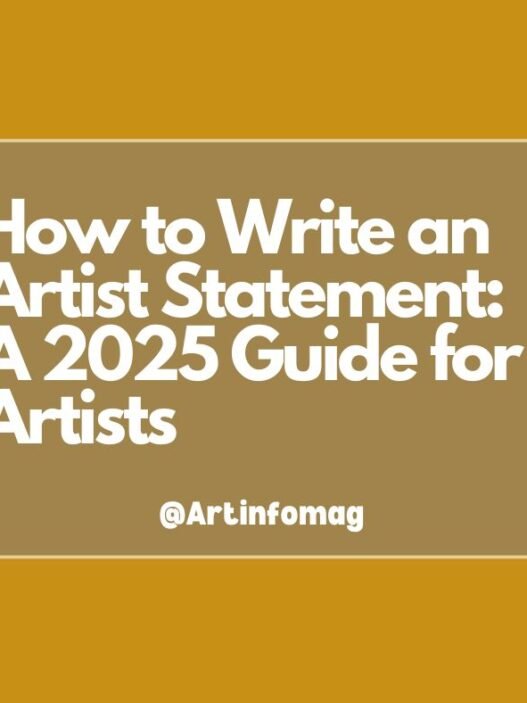In the vibrant, ever-shifting world of contemporary art, where Instagram feeds scroll like gallery walls and NFTs flicker in digital ether, building a personal brand isn’t just savvy, it’s survival. As an artist, your work is your voice, but without a clear brand, it risks whispering into the void. Think of artists like Banksy, whose elusive persona amplifies his street art’s bite, or Yayoi Kusama, whose polka-dotted infinity nets mirror her obsessive, immersive identity. Your brand is the thread that weaves your art, story, and audience into a cohesive narrative. This guide distills actionable marketing tips to elevate your practice from studio solitude to market magnetism. Let’s dive in.
Define Your Artistic Identity: The Foundation of Your Brand
Before you tweet or canvas, crystallize who you are as an artist. Your brand isn’t a logo, it’s the essence of your work distilled into a story that resonates.
- Articulate Your Unique Voice: What sets your sculptures, paintings, or installations apart? Is it raw emotion, cultural critique, or playful abstraction? Jot down three core themes. For instance, if your mixed-media pieces explore urban decay, lean into that gritty poetry. This isn’t navel-gazing; it’s your elevator pitch for collectors and curators.
- Craft a Compelling Bio: Ditch the résumé drudgery. Write a 100-word narrative that hooks: “Sculptor Elena Voss forges forgotten metals into guardians of memory, challenging the ephemerality of modern life.” Test it on friends, does it spark curiosity?
- Visual Cohesion: Your brand extends to aesthetics. Choose a signature color palette (say, muted earth tones for a landscape painter) and consistent imagery. Tools like Canva can mock up mood boards to unify your portfolio’s look.
Pro tip: Audit your past work. What patterns emerge? That’s your brand’s North Star.
Craft a Digital Presence: Your Virtual Gallery
In 2025, no artist’s toolkit is complete without a robust online footprint. Social media isn’t a fad, it’s your 24/7 open house.
| Platform | Best For | Quick Win Tip |
|---|---|---|
| Visual storytelling | Post Reels of your process: from sketch to finish. Use hashtags like #ArtistLife or #EmergingArt to tap niche audiences—aim for 5-10 per post. | |
| TikTok | Short-form virality | Demo a 15-second technique (e.g., glazing a canvas). Duet with influencers in art or adjacent spaces like fashion for cross-pollination. |
| Professional networking | Share thought leadership: “How AI is reshaping color theory in painting.” Connect with gallerists—personalize invites. | |
| Personal Website | Portfolio control | Use Squarespace for a clean site with embedded videos. Include an email signup for your newsletter; tools like Mailchimp make it free to start. |
Remember, consistency trumps perfection. Post thrice weekly, engage with comments, and collaborate, guest spots on art podcasts can expose you to thousands overnight.
Storytelling Through Content: Humanize Your Art
Art sells on emotion, not specs. Marketing tip: Become a storyteller. Your audience craves the “why” behind the work.
- Behind-the-Scenes Magic: Share the mess—spilled paint, late-night epiphanies. A simple Instagram Story series on “A Week in My Studio” builds intimacy. Data from Hootsuite shows user-generated content boosts engagement by 28%.
- Thematic Series: Launch a content arc, like monthly posts on “Art and Activism.” Tie it to current events—say, climate motifs amid COP30 buzz—to stay relevant without pandering.
- User-Generated Buzz: Encourage fans to tag you in their interpretations of your work. Repost with credit; it’s free PR and fosters community.
Ethical note: Authenticity rules. Forced vulnerability flops, channel your genuine quirks.
Network Like a Pro: From DMs to Deal-Making
Branding thrives on relationships. Marketing isn’t solitary; it’s symphonic.
- Virtual Schmoozing: Join Discord servers for artists (e.g., ArtStation communities) or attend Zoom critiques via platforms like Skillshare. Follow up with a “Loved your feedback, here’s a piece inspired by it.”
- Offline Hustle: Hit local openings, residencies, and fairs like Frieze or Art Basel. Prep a one-sheet: bio, top images, contact. Swap it for emails, not just cards.
- Collaborations: Team up with non-artists, a musician for a soundtracked video installation, or a chef for edible sculptures. Cross-brands amplify reach; track mutual shoutouts.
Metrics matter: Use Google Analytics on your site to see who’s visiting, then nurture those leads with personalized invites to virtual studio tours.
Monetize Mindfully: Turning Brand into Bucks
A strong brand opens revenue streams beyond the canvas.
- Merch and Multiples: Sell prints, stickers, or apparel via Etsy or your site. Limited-edition tees with your motif? Instant brand extension.
- Patreon Power: Offer tiers—$5/month for process sketches, $20 for critiques. It’s recurring income from superfans.
- Grants and Residencies: Pitch your brand story in applications. Sites like NYFA or Axisweb list opportunities; tailor narratives to funders’ vibes.
Sustainability hack: Diversify. One viral NFT drop (via OpenSea) can fund a year’s supplies, but balance it with traditional sales.
Measure, Iterate, Evolve: The Artist’s Marketing Loop
Marketing isn’t set-it-and-forget-it. Track what works.
- Key Metrics: Engagement rate (likes/shares per post), website traffic, and conversion (e.g., inquiries to sales). Free tools like Buffer analyze this.
- A/B Testing: Try two Instagram captions for the same image—one poetic, one punchy—and see what converts.
- Annual Audit: Review your brand quarterly. Has your style shifted? Update accordingly—stagnation is the enemy.
In the end, building your brand as an artist is about amplification: turning your singular vision into a shared conversation. It’s not about chasing trends but inviting others into your world. Start small—post that imperfect Reel today—and watch your community coalesce. The art world rewards the bold; your brand is your boldest stroke.
